I would like to know how can I construct a regex to know if a number in base 2 (binary) is multiple of 3. I had read in this thread Check if a number is divisible by 3 but they dont do it with a regex, and the graph someone drew is wrong(because it doesn't accept even numbers). I have tried with: ((1+)(0*)(1+))(0) but it doesn't works for some values. Hope you can help me.
UPDATE: Ok, thanks all for your help, now I know how to draw the NFA, here I left the graph and the regular expresion:
In the graph, the states are the number in base 10 mod 3.
For example: to go to state 1 you have to have 1, then you can add 1 or 0, if you add 1, you would have 11(3 in base 10), and this number mod 3 is 0 then you draw the arc to the state 0.

((0*)((11)*)((1((00) *)1) *)(101 *(0|((00) *1 *) *0)1) *(1(000)+1*01)*) *
And the other regex works, but this is shorter.
Thanks a lot :)
